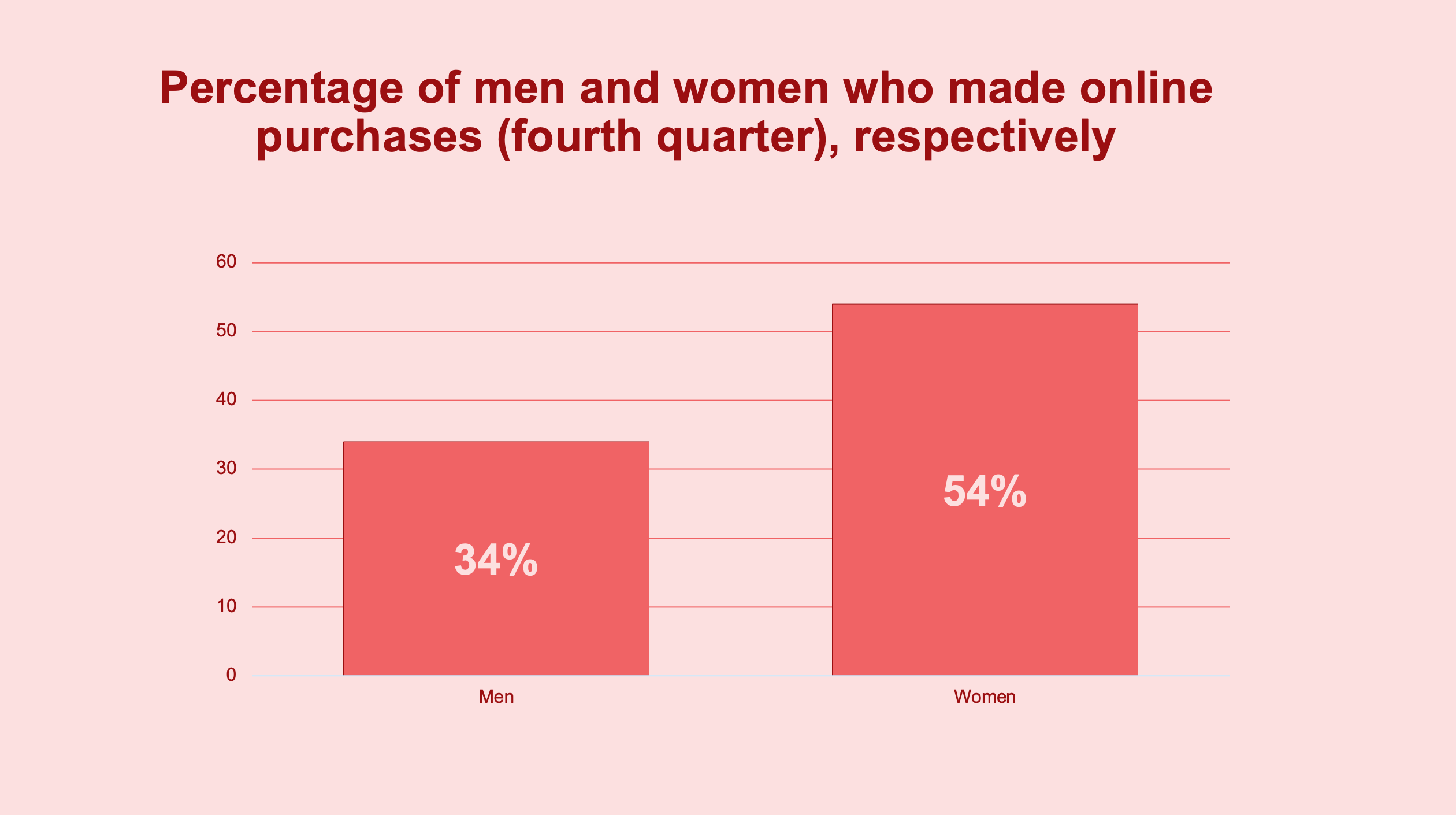A tumultuous year for fashion – heavily influenced by the pandemic
It was already apparent in the first quarter 2020 that clothing and footwear was one of the sectors particularly hard hit by the coronavirus pandemic, and the spring was fraught with bankruptcies and company reconstructions.
Despite the substantial impact on physical retail, consumers continued to flock to e-commerce, resulting in annual growth of 16 percent. Pure e-tailers of course experienced strong growth, but the change in the retail landscape also encouraged established retailers with physical stores to intensify their efforts in terms of their e-commerce initiatives. During the year, H&M advanced on the list of consumers’ online favourites, and even the department store NK – after more than 100 years as a pure department store – launched an e-commerce venture during the autumn.

At the same time, it is important to point out that the strong e-commerce growth did not fully compensate for losses in the physical stores. Empty city centers and desolate shopping malls hit stores hard. The particularly bad timing of the second wave of the virus, in November, was another severe blow to the already decimated sub-sector, as both Black Friday and the Christmas shopping period were subject to restrictions.
With a tough year in the rearview mirror – albeit with good growth for e-commerce – we are now looking forward. It is anticipated that fashion retail will continue to be affected by the coronavirus pandemic in 2021, but it is likely that instore retail will retake sales shares when the vaccination program gains momentum, the pandemic starts to ebb out and people start meeting again at parties and other social events.
Source: The E-barometern annual report 2020

